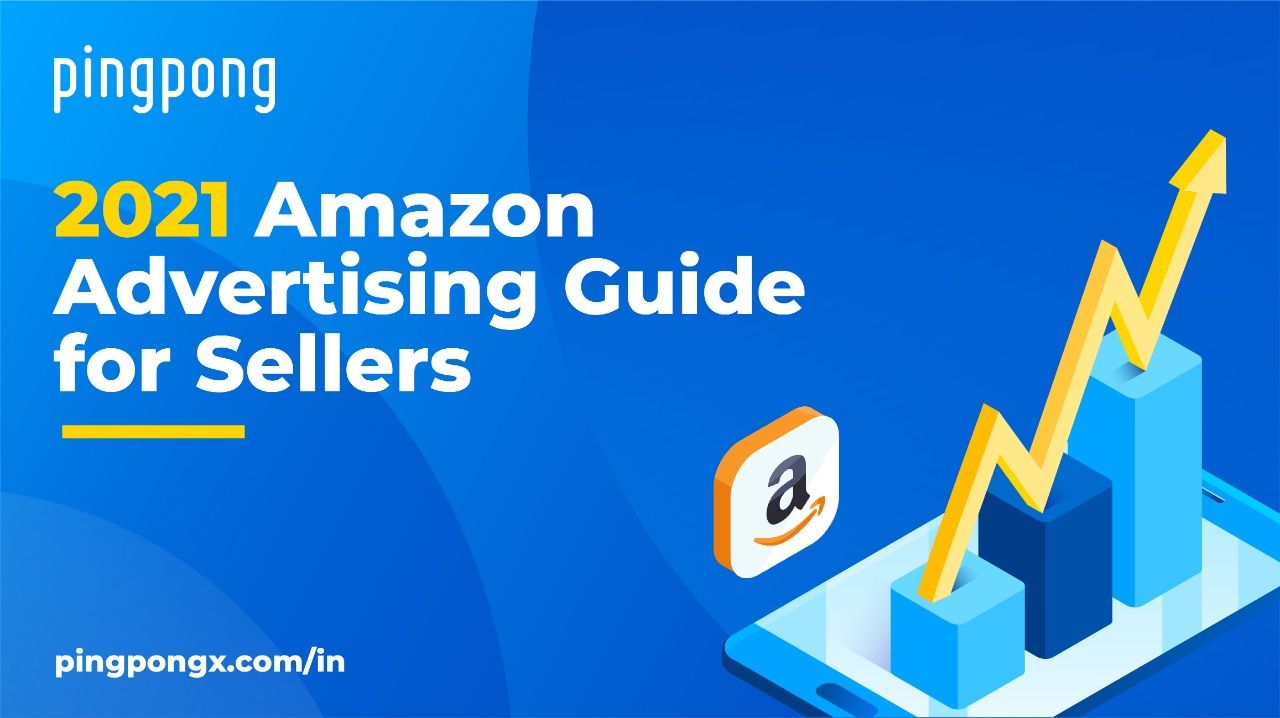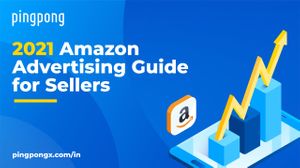
Whether you're on your own account or on Amazon, you must have a plan in place for selling private label items.
It's crucial to consider all of the different promotional resources that Amazon has at its disposal, regardless of whether you are selling big or little.
Because Amazon Advertisements formerly consisted of all Amazon Marketing Solutions (AMS), the former is now referred to as a blanket word for all of our advertising options.
There are two types of advertising on Amazon:
· Managed/Initiated Pay-per-click: Serving on Amazon A price per thousand (CPM, or expense per thousand impressions). Approved seller programs are for experienced and brand-registered sellers who wish to expand their market to other potential buyers. Most often, Amazon vendors use Sponsored Products, Sponsored Brands, Sponsored Advertisements, and Sponsored Display ads to increase their earnings.
· Once a seller has been successfully registered in Brand Registry, they will have links to Amazon Stores, Amazon Attribution, and Amazon Live.
Amazon DSP (demand-side) service is operated for all, whether they are an advertiser or not. The films usually demand a budget of at least $35,000 in funding. Creative idea: While PPC ads can be prepared easily, you must communicate with an Amazon DSP account manager to start an Amazon DSP campaign.
· To keep it quick, we'll use all of the promotional services accessible to brand-registered sellers.
· Amazon's programmatic advertising strategy is all about.
· The PPC system is just as described - you compensate Amazon only when a consumer takes action on your offer, whether they do or not.
Amazon offers a simple and straightforward PPC promotional website for third-party vendors to quickly set up campaigns. You’re bidding prices rely on the ad format, targeted keywords, and the competitiveness of your market.
Sellers are provided with valuable marketing performance data on Amazon, measures to help you assess your effectiveness. The amount of times your advertisements are seen is a measure of the response metric. It is common for Amazon to update the report for errors (incidental or otherwise), usually within three days.
· The number of occasions the brand's commercial was viewed on Amazon's website.
· The campaign will show how much you have invested in advertising. This is the average cost per product press.
· The gross dollar sum of merchandise sold as a result of the advertising being clicked
· ACoS is the advertisement productivity that tells you how many of your ad revenues are going into your company's total. To measure your ACO, split your overall ad spend by ad revenue.
Setting targets for these indicators will help you with your ad campaigns is a good idea.
Campaigning for them all takes some preparation, but with a little bit of knowledge, you'll be a pro. If you don't like figures, you should still get an expert to do the marketing for you.
· Without PPC advertising, the Amazon Company wouldn't be quite as profitable.
· Competition on Amazon continues to expand, with each year as a result. Last year Amazon saw a 47% year-over-over-year sales increase in the number of advertising dollars received.
· They are common with all the merchants, regardless of how large or small. 79% of first-party and 71% of third-party vendors use PPC.
· Although shoppers clearly like Amazon as an online store, there are several negative consequences of exponential growth on retailers.
· About 62% of Amazon sellers are worried about rising ad rates.
· It's still feasible to operate lucrative PPC advertising on Amazon. The plan is needed because of the rising PPC prices.
It is particularly crucial to use Amazon advertisements for new product listings. Through easy keyword-targeted PPC campaigns, you can expand your product's exposure to customers by putting your product or service on the first list of search results.
As long as you have a good product, attractive images, a well-written description, and an optimized listing, you should have no trouble getting sales. Your ad revenue will help your sales by increasing your rankings for keywords that do well in the organic search results.
According to this survey, 32% of Amazon sellers cite the use of Amazon's PPC service as a key to performance. It does let's go through all kinds of advertisements regardless of whether you're a new or an experienced vendor.
What types of PPC advertisements are available on Amazon?
After giving an ad to a product or brand, you will get three different kinds of Amazon PPC advertising: Sponsored Products, Sponsored Brands, and Sponsored display. Sponsored product is still the preferred by 1P and 3P sellers, however, sellers' investment in sponsored brands and sponsored display ads has grown at an even higher rate than spent on sponsorships.
The return on advertising spend (RoAS) is rising and getting better, but the overall ROI is still very poor because of these newer advertising formats.
· Sponsored product runs a promotion from the moment they go live on Amazon. It's a registered trademark to use because it's the simplest, kindest of all. A decent amount of keyword analysis can help you to put together a Sponsored Product strategy in no time at all.
· Sponsored products feature in both the first and in the highest rankings of Amazon. For example, let's look at what products the consumer can search for while on Amazon for fishing equipment. When we look at the first four search results, we can see that two of them have a "Sponsored" suffix, which suggests they are related to the "lure."
· Comparing this data from the Jungle Scout extension shows that their market rate is poor compared to the organic revenue. They won't get to the top of the search pages if they aren't in the Sponsored Product commercial.
Using this alternative, Amazon will target keywords based on your type of product. It's simple and inexpensive keyword research if you're unaware of the precise keywords to use. You'll have a chance to see the keywords that yield revenue. The negative side is that manual targeting doesn't have any of the optimization features. The options for setting search terms and bids for manual keyword-targeted advertising are All Keywords, Broad Match, Phrase Match, and Exact Match.
Concreteness:
The question can appear in any order and may be made up of any mix of concrete and metaphorical terms (for example, "marshmallow sticks" will exist, along with "hot dogs" and "roasting stick for marshmallows"). The expression is entered, so it doesn't have to be the same. "Campfire roasting sticks" and "fire roasting sticks" is okay."
Customers must insert the keywords exactly as you typed them in your ad. There would be no linking or even mixing between terms in the three sentences, only phrases such as "marshmallow sticks, only."
We suggest operating both an automated and manual campaign in our Beginner's Guide.
You may set up a manual targeting campaign in either of two subtypes: visually stunning, attention-grabbing, attention-grabbing, or both.
Targeting keywords: right on the money, There are two ways you should go about choosing the keywords to be focused on in your campaign: manual or automatic. Words like "fishing lure," "accessory for fishing,"" and the like are good keywords for search engine marketing.
Instead of keywords, you should hit your competitors' products. Another good example is to win ASINs fishing lures: you will hit your rivals' products by using these fishing lures.
Conclusion: Keyword targeting and product-based advertising will all be run simultaneously. Be sure to keep them apart. Do not need to be licensed as an Amazon vendor, but you must have a full-time professional account. For an individualized Vendor Account, you cannot publicize goods.

